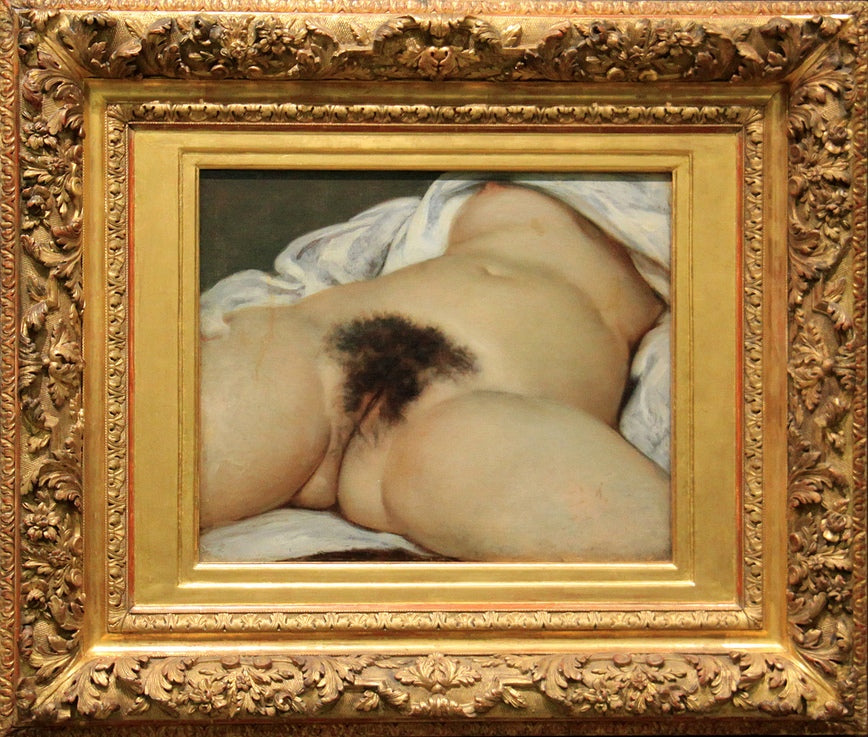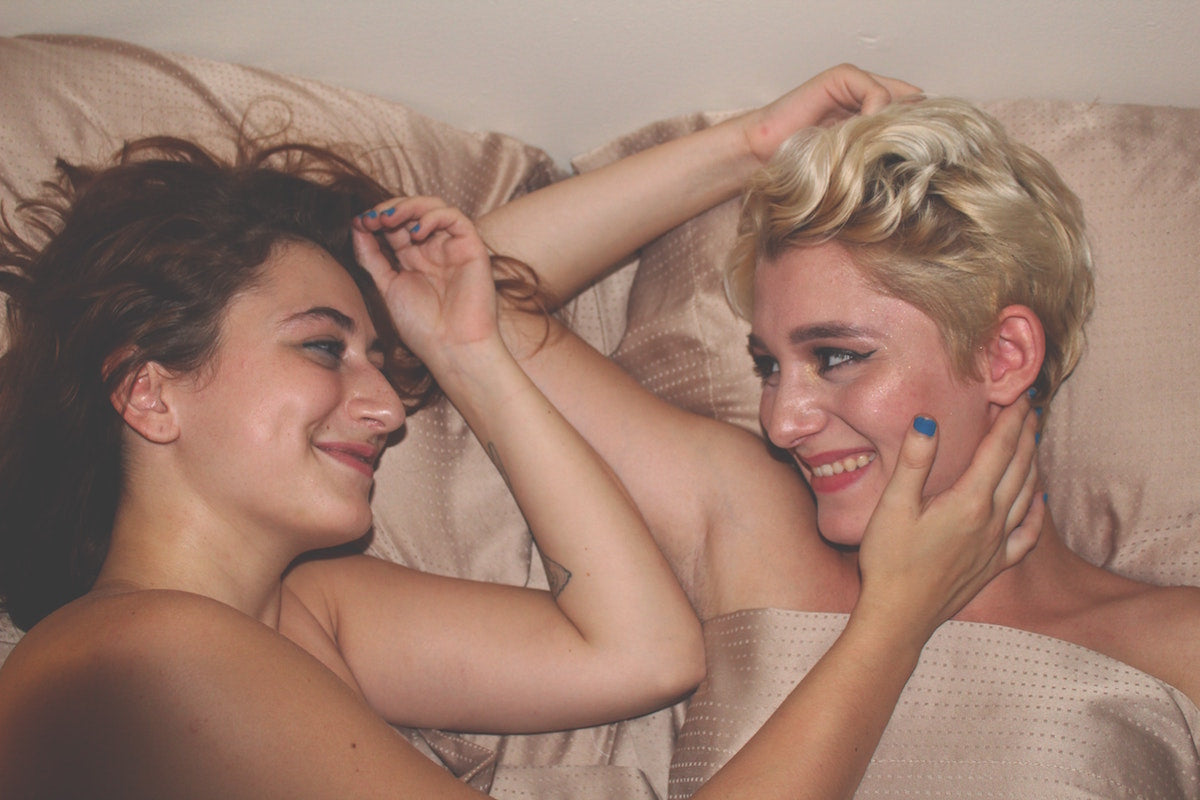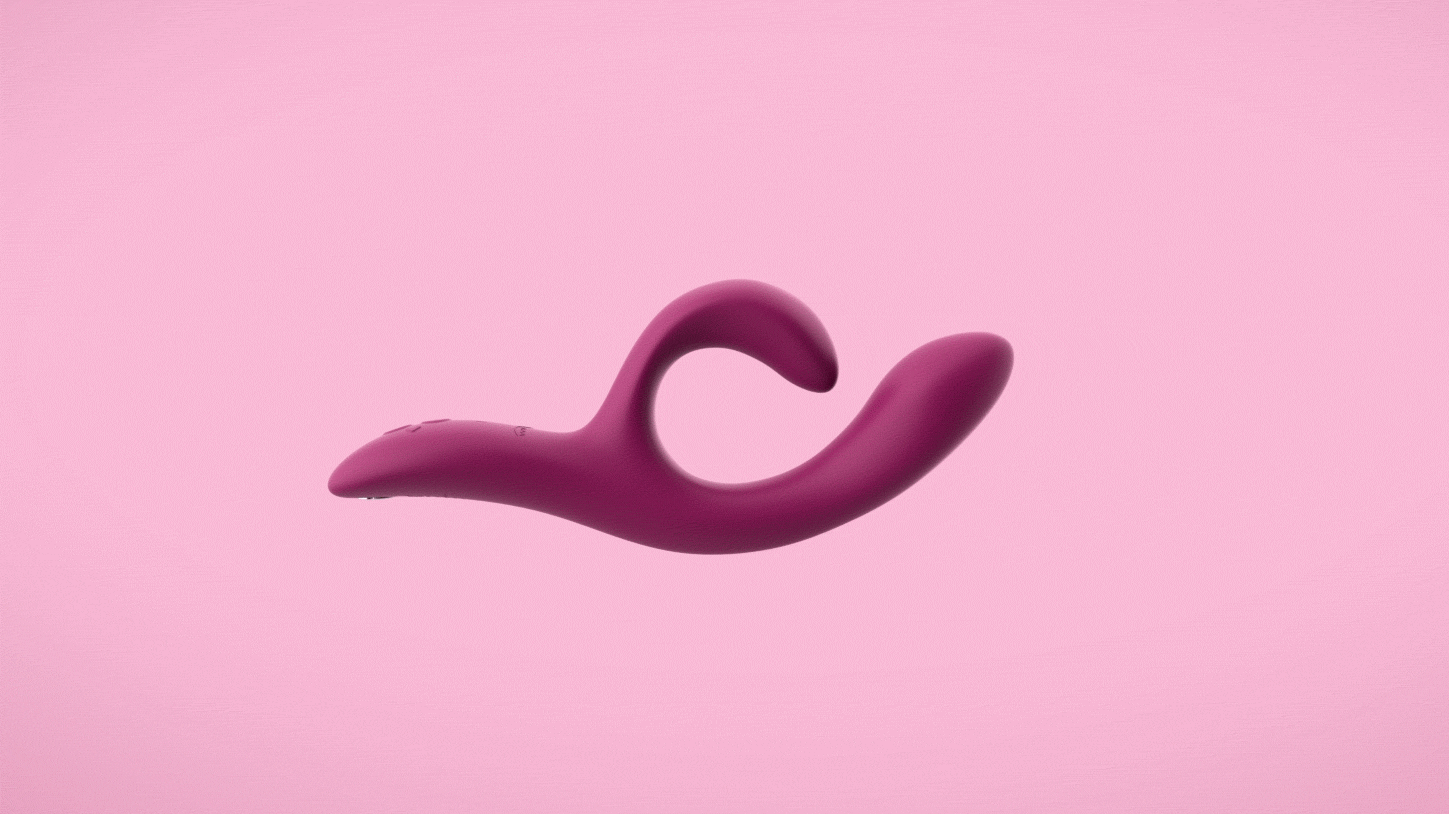
Vaginas and Vulvas 101 | An Anatomy Lesson
If you’re a person with a vulva, I have one question for you: How well do you know that part of your body? Have you studied diagrams? Taken a look in a mirror? Do you really know what's going on down there?
Even if you answered “yes” to all of those questions, chances are you could use a refresher on vaginal and vulvar anatomy. Don’t worry — I’ve got you covered. Here are the important parts you need to know.
Vulva
People often refer to their vaginas when really what they mean is their vulva. The vulva is all of the parts of your genitalia that are on the outside of your body, while the vagina is inside your body. So from now on, for example, if you saw someone naked you would say, “I can see their vulva!” instead of “I can see their vagina!” unless they're spread open.
Mons veneris/mons pubis/mons
“Mons veneris” is Latin and translates to “hill of Venus,” the Greek goddess of love, which is kind of sweet. Commonly referred to as the mons, this the cushion that protects your pubic bone from getting banged up during penetrative sex. It’s a layer of fat where your pubes grow in that triangle shape.
Clitoral hood
The clitoral hood protects your clitoris in much the same way a hood on a car protects the engine. Because your clitoris is super sensitive, the clitoral hood keeps it from being exposed to the elements like, you know, your underwear. The clitoral hood will sometimes pull back when a person gets turned on and their clit gets swollen, but not always — sometimes it needs a little help.
Clitoris/clit
Okay, first things first. A lot of people pronounce “clitoris” as “clit-or-is,” with the final part rhyming with “Doris.” However, the correct pronunciation rhymes with “glitterous,” which I know isn’t a word, but you get it. More commonly referred to as the clit, this is most vulva-owner's number one happy spot. The head of the clit is visible if you pull back the clitoral (rhymes with “literal”) hood and that’s probably the spot most of you are familiar with if you’ve felt around down there, right?
However, the clit is way more than that little button! Turns out, we have clitoral tissue extending down into our bodies from that visible part. When we’re aroused, all of that tissue fills with blood becomes more sensitive, and actually wraps around the vaginal canal. This explains why it can feel good when fingers, toys, and penises are inside of our vaginas.
Labia majora
The fatty tissue from your mons continues down to form the labia majora. These are the outside part of your lips (“labia” translates to “lips”), where hair grows. This is one of the parts of the genitalia that can look very different from person to person so don’t stress if yours doesn’t exactly match a diagram of the vulva. (Or what you see in porn or movies.)
Labia minora
Another part that differs quite a bit from person to person is the labia minora. These are your inner lips, which are hairless and sensitive to the touch. When you’re turned on, your labia minora fills up with blood and becomes even more sensitive. They can get really puffy from arousal or from friction and blood during sex, so don’t get freaked out if they look different depending on how you’re feeling.
Urethral opening
The pee hole! See how tiny it is? It's like a pin hole! This is the “second hole” that exists in vulvas, with the “first” one being the vaginal opening. Pee comes out of your body through this little spot, which is below your clit, under your labia minora, and above and separate from your vagina.
Vaginal opening
The biggest hole in your genitals is the vaginal opening. This is where fingers and dildos and penises can go, if that's fun for you. It's also where period blood comes out.
Vagina/vaginal canal
Past the vaginal opening is the vagina, which is the shaft inside your body that leads to your uterus. This is the only part that should be referred to with the word “vagina!”
Here’s another thing many people don’t know: Just like penises are different sizes, so are vaginal canals. Some people have long, high vaginas and some people have short, low vaginas. There’s not a better or worse size vagina to have, but it’s definitely a good thing to know about your body. Feel free to get up in there with your fingers or a toy and figure it out!
Your vagina is also where lubrication comes from. When you’re turned on, lubrication comes through the vaginal walls. Fun fact: It was originally water in your bloodstream.
Cervix
This is that detour inside that I mentioned before. The cervix is the entrance to your uterus, which is where fetuses can grow. (Trans women who have vaginas don’t have cervixes or uteruses). The reason I’m including it on this list even though I’m not going to go into the other parts of the internal reproductive system is that it’s relevant when we’re talking about sex.
Your cervix changes during your menstrual cycle. When you’re ovulating, the cervix is higher and softer and, if you put your fingers up there, it feels like lips. This makes it easier for sperm to get through because ovulation is when you’re fertile. However, during your period and right before and after it, your cervix is lower in your vaginal canal and is hard, feeling more like a nose. When you’re actually bleeding, it’s open a little bit so that the blood can come out of your uterus.
I bring this up because there are times when a person can fit more of their partner’s penis or a dildo inside their bodies and times when it really hurts. That may be because they’re in the part of their cycle where their cervix is low and hard or, if they’re on the Pill and therefore not ovulating, and their partner’s penis or toy feels too big for their vaginal canal. So pay attention to your cycle, if you’re not on the Pill, and if you feel something getting bumped while you’re having penetrative sex, ask your partner to not go as deep or do some external exploring (some ideas here).
G-spot
The G-spot is located behind your pubic bone and stimulation of it is often credited with super intense orgasms, but results may vary from person to person. If you’re curious about where it is, put your fingers inside your vagina and make a “come here” motion with them. (Read more about locating your G-spot here.)
It's widely believed that the tissue in the area commonly called the G-spot is actually clitoral tissue, being stimulated through the wall of the vagina. But really the main thing is that if it feels good, it feels good — so does it matter what it technically is?
Perineum
My older sister explained this part to me when I was a teenager, except she called it the “taint.” That’s because “it taint your ass and it taint your balls!” (Subtlety is not a family trait.) This is that piece of skin between your vaginal opening and your anus. It’s soft to touch and can be very sensitive, especially when you're turned on.
Hopefully, you're feeling newly in touch with yourself!
Emma McGowan is a veteran writer, editor, and SFSI-endorsed sex educator with upwards of 1000 articles on her byline. Emma is a sex/relationships/dating writer at Bustle and a senior writer at Startups.com. Her work has appeared on Buzzfeed, Broadly, Bedsider, Mashable, The Daily Dot, Mic, and The Bold Italic, among others. She’s the Editor in Chief of the sex positive sexual health site Sexual + Being and the sex tech website Kink&Code.




